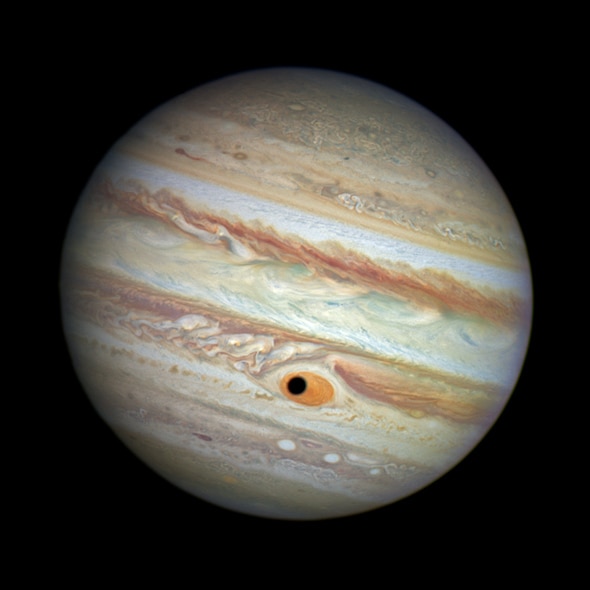Create a free profile to get unlimited access to exclusive videos, sweepstakes, and more!
101 Reasons to Go Outside and Look Up in 2015

The year is off to a pretty good start, astronomically speaking. We already have a naked-eye comet, and Venus and Mercury are gracing our sunsets for the next few days.
But what about the rest of the year? How will you know what to watch?
Easy: Go to Universe Today, which has a list of the Top 101 astronomical events to watch for 2015.
It’s a great list, with plenty of things you can see by eye as well as through a telescope. They include lunar eclipses, a solar eclipse, meteor showers, and various other phenomena.
Because why not, here are the ones I’m looking forward to seeing myself:
Jan. 17: Io and Europa will both be casting shadows on Jupiter’s cloud tops, which should be visible through my own ‘scope (a Celestron 20 cm SGT XLT if you’re curious). There will be lots of moon shadows visible this year, and they’re listed on the Universe Today page.
Feb. 6: Jupiter reaches opposition, meaning it’s opposite the Sun in the sky. That’s the time when it’s closest, biggest, and brightest as seen from Earth.
May 19: The Moon occults Aldebaran. It’s always fun to watch a bright star wink out when it’s blocked by the Moon!
May 23: Saturn at opposition.
July 19: The Moon will be very close to Venus, making it easier to find Venus in broad daylight.
Aug. 13: The Perseid meteor shower, one of the best of the year.
Aug. 19–21: Mars will pass through the open cluster of stars called M44, the Beehive. That’ll be pretty in binoculars!
Sept. 28: Total lunar eclipse.
Dec. 7: A daytime occultation of Venus by the Moon. Wow! That will be very cool.
Dec. 14: The Geminids, another great shower. I had a lot of fun watching it last month, and I saw about 80 meteors in a couple of hours.
One thing the list doesn’t have is the pairing of Venus and Mercury coming up next week; from Jan. 8–13 they’ll be less than a degree apart in the southwest after sunset. If you have a telescope, you can see Mercury’s phase changing day by day as it gets between us and the Sun. But even with binoculars or just your eye they’ll make a pretty pair.
Anyway, go check the list! I bet there are quite a few things you can put in your calendar. Mine’s looking pretty busy … which makes me very happy.














